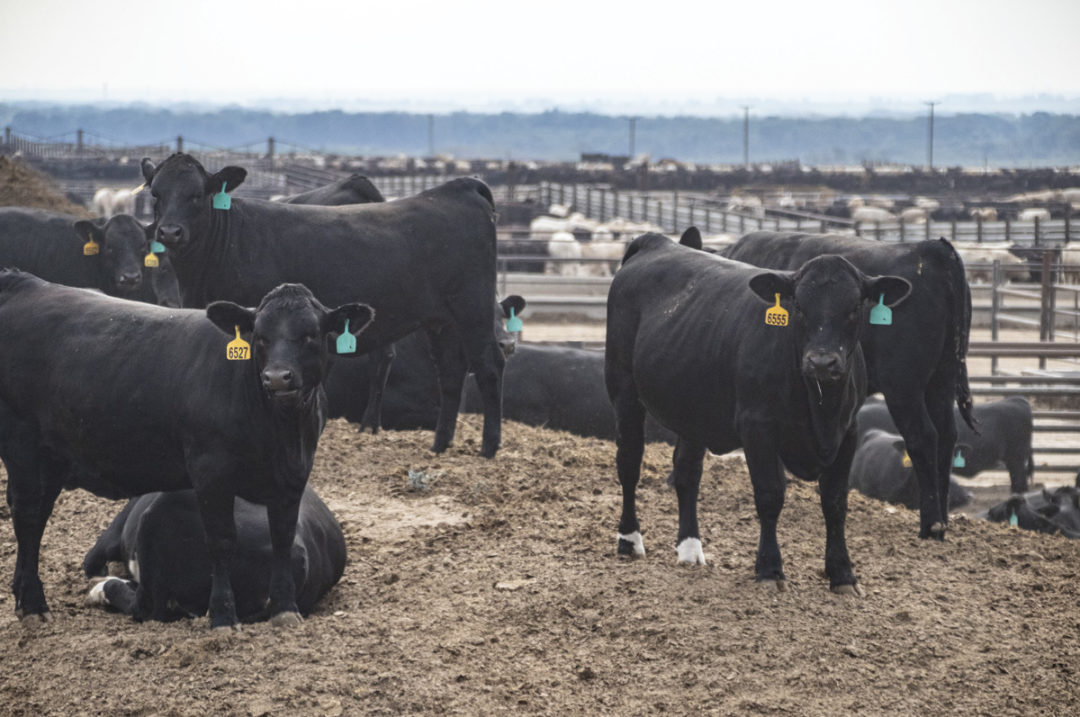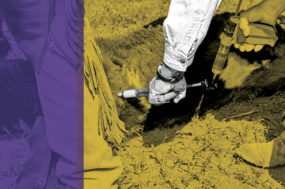In recent years, the dairy industry has witnessed a significant rise in the number of beef cross calves being born. This emerging trend of crossbreeding dairy cows with beef bulls at a large scale has not been a linear process. Premium prices recently offered for beef cross calves certainly is the current driver, but what has changed from a reproduction standpoint in the dairy industry is what has enabled it. This article delves into the reasons behind the increasing prominence of beef crosses and explores the various factors driving this trend.
The dynamics of the dairy industry have changed to allow dairymen more discretion
One of the primary drivers behind the surge in beef crosses is the considerable advancement in genomic testing and reproductive strategies within the dairy industry. The ability of genomic testing to identify elite cows continues to improve. Advances in artificial insemination (A.I.) protocols have resulted in dairies having much better conception rates in the past decade, allowing cows to stay in the herd longer. Moreover, the development of sexed semen technology has provided the ability to selectively breed cows with desired traits and has enabled dairies to propagate specific lines of cows that are more valuable for milk production.
The removal of bovine somatotropin (BST) from the market also has forced dairies to breed cows on a much more regular interval. Previously, the use of BST allowed cows to stay in milk for much longer periods of time. This can lead to dairies needing to address the issue of having too many heifers (heifer pressure) in the system, which has negative business outcomes. With all these things combined, dairy producers have gained a luxury of having much greater discretion in their breeding decisions to make replacement females while simultaneously leaving a much higher percentage of their herd available to be bred to beef bulls and selling more calves.
Dairy producers are paid a premium for producing beef cross calves
Dairy producers have been incentivized to shift their approach to breeding decisions due to the significant premium they receive for producing beef cross calves compared to straight dairy calves. This financial incentive has created a newfound motivation for dairy producers to prioritize the survival and well-being of these beef cross offspring. In contrast to years past, it was not uncommon to see or hear of dairy bull calves being discarded after birth. Those days are gone. Dairy producers are now going to great lengths to ensure the survival and growth of these valuable calves.
The stark contrast in economic value between a traditional dairy calf and a beef cross calf has made the choice to invest in the care of beef cross calves an easy one for dairy producers. Those male calves are no longer a byproduct or even an inconvenience. They are a huge revenue source to the dairy operation. Just recently, a day-old Holstein beef cross calf may bring as much as $600 per head. With the increasing premiums offered for beef cross calves, every effort is now made to preserve them for the next stage of production. The focus is not only on their survival but also on maximizing their potential to grow and yield premium-quality beef in the feedlot and at the packing plant.
The beef market is suitable for beef cross calves due to reduced inventory and market inconsistencies
The surge in the prominence of beef cross calves also comes at a time when the traditional U.S. beef cow herd continues to shrink, causing concern for feedlots about their ability to fill pens. Unlike traditional beef cattle that are predominantly calved in the spring, the dairy industry offers a relatively constant supply of these calves throughout the year, helping ease the limitations of seasonal availability of traditional feedlot cattle.
Beef cross calves offer some unique attributes when it comes to carcass quality and yield. These crossbred animals benefit from the combination of dairy and beef genetics. The beef genetics in these calves result in improved growth rates and enhanced red meat yield compared to dairy calves. The dairy genetics bring highly desirable marbling that dairy breeds have long been known for. These factors contribute to these calves having greater efficiency in the feedlot, as beef cross calves out of the right genetics will demonstrate increased weight gain, improved feed conversions and higher dressing percentages in the packing plant while most likely having a very desirable USDA quality grade.
Most beef bulls that are being selected for use on dairy cows are black-hided. This results in most of the beef cross calves being predominantly (over 51%) black. This has huge implications because hide color is often the first characteristic that an animal/carcass must meet for cattle to qualify for a premium quality meat program. Traditionally, Holstein and Jersey cattle never qualified for any premium programs because they did not meet the black hide color requirement. With the use of black beef bulls, packers now have a whole new population of cattle that are eligible for premiums because the carcasses are able to be merchandised through so many premium programs that have a black-hided requirement. Additionally, the symmetrical steak shape of the loin of a beef/dairy cross is usually favorable compared to traditional dairy animals that tend to be long and narrow. This can make meat from beef crosses an appealing choice for end users seeking premium meat with stringent specifications for their steak cuts.
The phenomenon of large numbers of beef cross calves has brought new options to feedlots tasked with filling pens and end users looking to create supply chains that have cattle that meet certain production, quality, social and environmental requirements. With a constant supply of calves year-round, and the potential to better meet consumer purchasing requirements, these crosses have quickly become a hot commodity.









